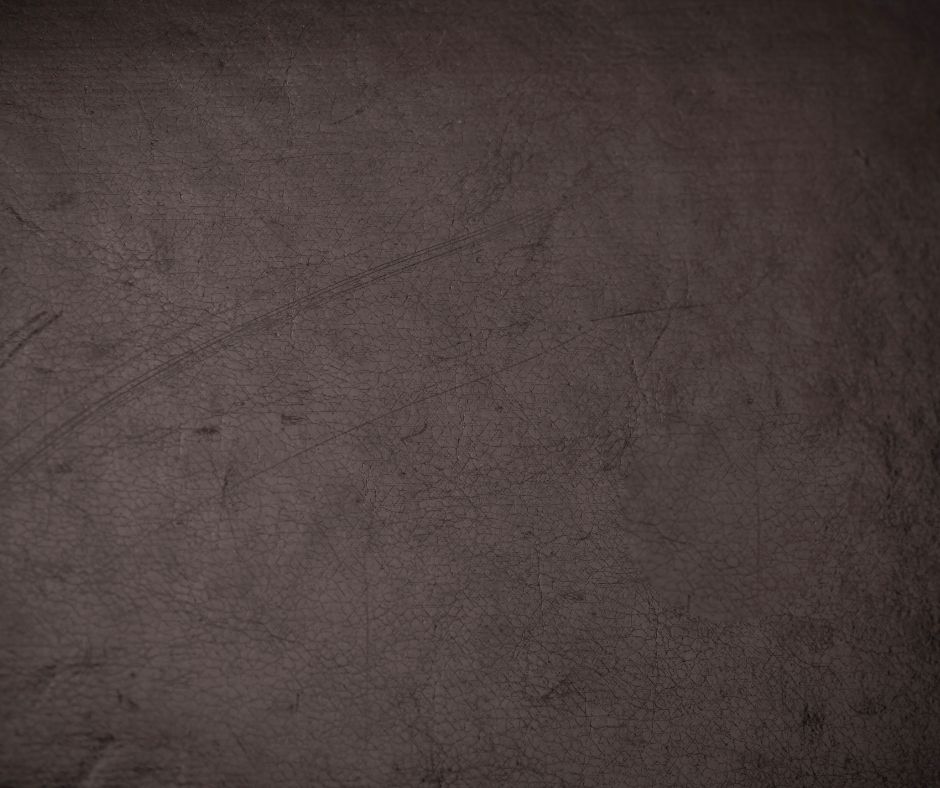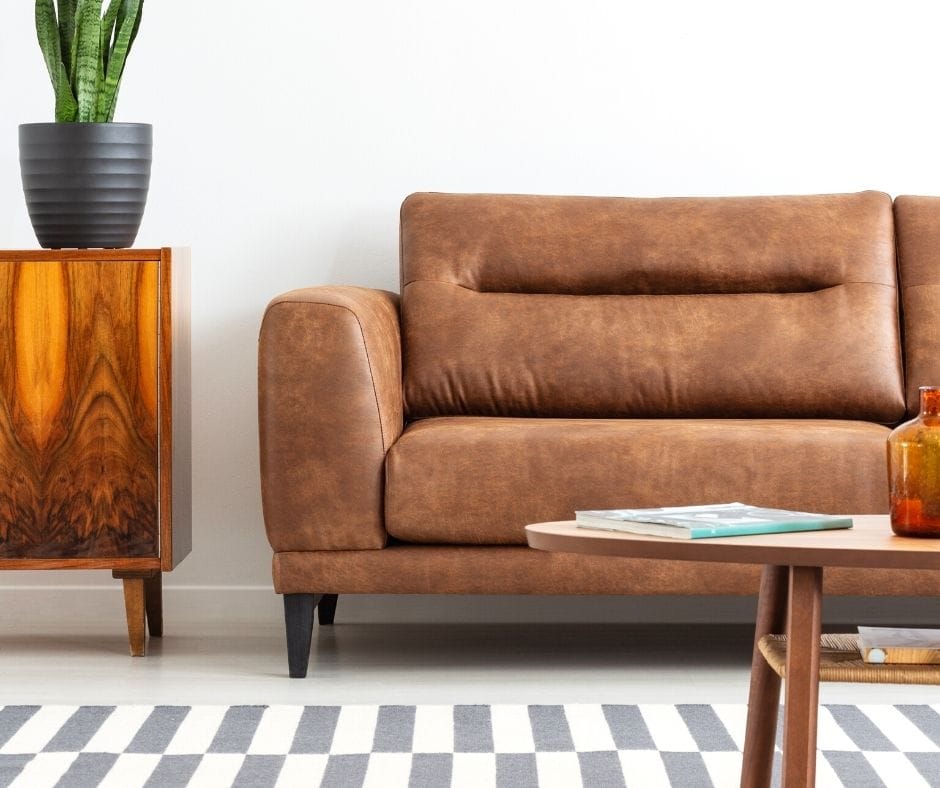Leather couches are expensive compared to traditional fabric, but there are reasons why people lay out that kind of money.
They look more sophisticated than a traditional fabric couch. Another reason is that all other things being equal, leather couches last longer than a traditional fabric couch.
Because they look more sophisticated, they are also extra vulnerable to scratches and cuts that could alter their appearance. If you invest in a leather couch, it’s a good idea to know how to handle damages to the upholstery.
We put together this guide in case you’re considering a leather couch purchase or have already purchased one and found a cut to the upholstery. We hope you find it useful.
In This Article We'll Discuss
How to Fix Scratches on a Leather Couch

First, you’ll want to identify the kind of leather your couch is made from. Most leather furniture is made from finished leather, which resists scratching. Few couches are made from top-grade leather, called aniline. It isn’t coated, so you can see its texture. Bicast leather is actually a leather by-product with a polyurethane coating.
Contact the company that manufactured your couch for tips on how to repair your couch. They might also have repair kits available.
Examine the damage. If you can’t see leather threads, you may be able to fix it with little more than oil and leather treatments.
Always start by cleaning the area around the cut with white vinegar and trimming excess fibers. To buff the scratch out, you can start with olive oil, which you might have in your kitchen. You can also use leather oil, lanolin, shoe polish, and baby oil.
Use a test site somewhere on the back of your couch and rub some oil into it. Let it sit for an hour or so. If it doesn’t stain the couch, use that oil to buff the scratch in gentle, circular strokes. A gentle touch here is much better than one powered by elbow grease.
If it doesn’t work, you can try a leather recoloring product.
What do to for Minor Superficial Cuts
You inspect what you thought were very minor scratches and found that one is deeper than you thought. Don’t panic. These very minor cuts are simple to repair if you can keep a steady hand and have some leather glue on hand.
Make sure that you use leather glue and not a general-purpose super glue, which can stain your leather. You want a repair that leaves your couch looking good, not one you can accomplish in a very short amount of time.
Pinch the cut, exposing as much of it as possible. Using either a toothpick or another very fine applicator, apply a small amount of leather glue at the bottom of the cut’s seam. Gently nudge the two sides of the scratch together, making sure that no glue oozes up from the seam.
If it does, wipe it away immediately. Place a book on top until the glue has dried. The glue bottle should have instructions for how long it should take.
What to do for Deep Cuts on a Leather Couch

If you look at a cut and can see stuffing, you might need to pay a professional. That is especially the case if the cut is in a noticeable place. Remember, one reason people buy leather couches is because of how they look. If you botch a patch job, it can look even worse than if you’d done nothing.
To repair a deep cut yourself, clean it with white vinegar and then trim any loose threads. When you patch the leather together, you’ll need the edges of the cut to come together cleanly.
Cut a patch slightly bigger than the cut from an old pair of blue jeans. Slip the patch behind the cut so that it covers it. Make sure it is flat and smooth behind both sides of the cut.
Using glue specifically designed for leather, apply some to the denim behind both sides of the cut. We recommend using a Q-tip or some other soft applicator. Push both sides back together with your fingers. If it is uneven, do your best job to line them up. Wipe away any excess glue that oozes out from the cut.
Place a book on top of it until the glue dries. The glue tube should have instructions telling you how long.
How to Fix & Prevent Scratches on a Leather Couch made by Dogs and Cats

The best way to fix scratches made by pets to your leather couch is prevention. The good news is that dogs tend to stop scratching furniture after they become adult animals. So, in terms of the long haul, it’ll be cats you’ll have to worry about.
For both animals, keep their nails trimmed. Cats will scratch regardless to stretch their back muscles. It is simply part of their nature. If you keep your pets’ nails trimmed, they might still scratch but they won’t do nearly the damage.
Since scratching is simply a part of cat behavior, you should also post a few scratching posts around your home. If your cat has lots of options to satisfy what scratching provides, they might leave your couch alone.
If they do scratch, it is likely to be an area thing rather than one simple cut as if it were done with a knife. If that’s the case, you’ll need to repair the area rather than the single cut.
Clean the area with a leather wipe and then trim stray fibers with scissors or a lighter. Moisten the area with a leather conditioner and then apply seven layers of leather glue, pausing after each application so it can dry completely.
Sand the entire area with 1200-grit sandpaper using circular strokes to give the entire area a smooth appearance. Apply leather filler with a palette knife evenly. If you need to apply additional layers, allow the one you just applied to dry completely.
Resand the dried filler so it has a smooth, consistent appearance, and use a leather cleaner to clean the entire area. Once it has dried, follow up with a colorant and sealant. Apply at least three more layers of sealant with a sponge, and allow to air dry.
The final step is to apply a leather finish. You’ll want at least four layers. Allow to air dry between each one.
Conclusion
Finding that your leather couch has scratches or even a cut isn’t the end of the world. As long as it isn’t too deep, you probably don’t need to take it in for a professional repair job. If you’ve got a bit of repair know-how, you can save yourself money while also making your couch look new.
If your biggest threat for damage comes from your pets, you can even prevent a lot of cuts and scratches.
We hope you found this guide helpful. If you did, we’d invite you to leave a comment down below or share it on your social media networks. If sharing knowledge helps save your friends some money, you’ll have done them a solid.

